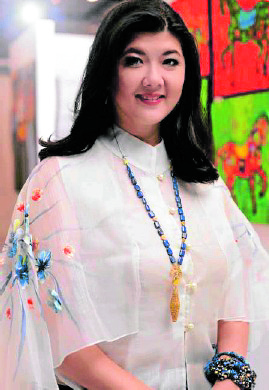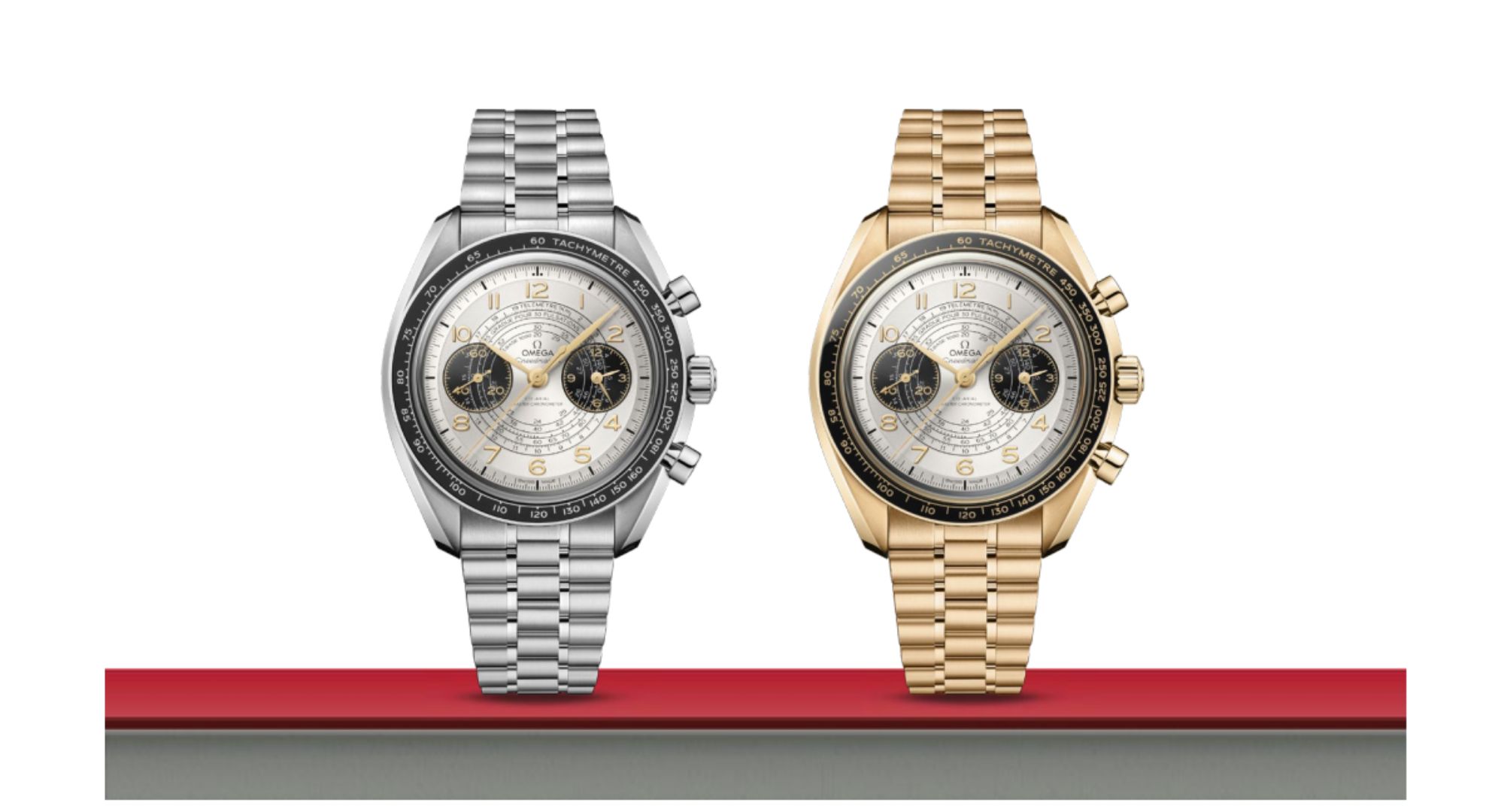Fashion designers, manufacturers, retailers and others who work in the country’s fledgling fashion industry have organized themselves into the Philippine Fashion Coalition (PFC) in an effort to save jobs and help the workers survive the pandemic.
With no big gatherings allowed, no live performances, and with the other restrictions due to the pandemic, fashion workshops and factories have come to a halt except for those making protective gear such as cloth face masks and personal protective equipment.
Makeup artists, hairstylists and other industry freelancers have also lost their gigs.
Initial government reports have revealed that the creative industries are among the hardest hit in the lockdown of the economy—from live performance artists to restaurant/hotel professionals. Some performance artists have banded themselves into the Live Event Coalition for industry representation with the government and financial assistance.
Abroad, phenomenal K-pop boy band BTS and its agency Big Hit Entertainment donated $1 million to Live Nation’s campaign Crew Nation to help concert production crew displaced by the pandemic, including those who would have worked in the band’s world tour set last April but which was postponed.

Following the example set by the Live Event Coalition initiated by Rep. Christopher de Venecia and artists like Martin Nievera and Rowell Santiago, fashion industry movers led by fashion accessory designer Amina Aranaz Alunan and Carissa Cruz Evangelista formed the PFC.“This coalition is long overdue,” said Alunan in an email interview with Lifestyle.
“The fashion industry has always been fragmented and there is a need for one uniting business support organization (BSO) for all fashion sectors. PFC aims to be the umbrella BSO organization that can advocate for the needs and concerns of all fashion professionals. This is needed to be able to create a roadmap for growth and recovery.”It will be remembered that there have been efforts—since the ’60s, in fact—to organize the fashion industry.
Fashion pillars Pitoy Moreno and Ben Farrales had their own projects that sought to gather fashion designers who were beginning to grow in numbers in the mid-’70s.
In 1980, the leaders of the fashion industry then, Auggie Cordero, Inno Sotto and Joe Salazar organized their peers into the Filipino Designers Group, which was backed by the most stylish women in society.A decade later saw the efforts of Eli Pinto-Mansor, then the head of the Center for International Trade Expositions and Missions (Citem), not only to organize the fashion designers, but also to present their collections in trade fairs abroad.
Through Pinto-Mansor’s efforts, the top designers such as Sotto, Cordero, Cesar Gaupo and Lulu Tan-Gan would present their lines to foreign buyers abroad. Meeting the volumes of orders became a problem for these designers, given the absence of a Philippine textile industry.
Even Pinto-Mansor, a Parsons School graduate of design and herself a visionary in Philippine design, admitted to this writer the challenges of organizing fashion designers who had no control over the fabric supply and other components of garment making.
In time, she moved on instead to organizing the country’s furniture and home designers. As the country has seen, the result has been the prestigious Manila Fame which drew foreign buyers to the country, and won recognition for awards for Filipino furniture and home designers/manufacturers in foreign trade fairs and world expositions.
It is hoped that this latest effort, the PFC, will fare better in organizing the industry.
Data on the industry manpower and on the business generated is still being gathered.
“One of the goals of PFC is to study and propose a fashion industry policy to the government to aid its recovery and growth and to support its member associations. The fashion industry consists mostly of SMEs (small and medium enterprises) and freelancers, but we are many. There is a need to band together to get real numbers and data of our industry size. We hope to create a recovery plan during this postpandemic phase, then also a sustained growth and development phase. Based on this, we will assess the industry policy needs for the plan to come to fruition.”
Alunan, Evangelista and fashion designers came together after the “New Normal: Fashion for Healing” was staged on social media by fashion director Jackie Aquino at the start of the lockdown.

The Lifestyle interview with Alunan and Evangelista:
Do you have an idea how many people you expect in the Coalition?
We are starting with a core group that is not exclusive to the Fashion and Design Council of the Philippines (FDCP), Fashion Designers Association of the Philippines, Professional Models Association of the Philippines—the newly formed fashion accessory makers of the Philippines, garments designers and fashion event professionals who work with most of the sectors. With the help of the industry we hope to get accurate data on how big the fashion industry is in terms of revenues and jobs.
Exactly what data are you gathering?
We are starting by partnering with all fashion design and fashion-related associations nationwide and seeking to partner with government in creating a study on the best data to gather and creating a short-term, medium-term roadmap for our industry and industry partners related to our ecosystem and value chain.
How do you hope to be noticed by government?
Government from the time of Eli Pinto-Mansor, who headed Citem and when FDCP was started with Josie Natori, already dreamed of having a consolidated industry. Now Pauline Juan of Citem, our designers and exporters have identified a need to create this business support organization. The business process outsourcing association of the Philippines has theirs, and the (Chamber of Furniture Industries of the Philippines) and (Semiconductor and Electronics Industries of the Philippines Inc.) have their own organized groups, too.
There is more power with one voice for the industry, so we can not only ask help from government but also help ourselves.
What are your immediate goals?
One of the immediate goals of PFC is to create a legal entity—a national group representing the fashion industry that can speak for our industry with Congress, the Senate, all the government agencies and counterpart fashion and design coalitions worldwide.
We hope to study with our member associations and advocates what is needed in the fashion industry . . . to address and possible opportunities for local and export industries, as our people are rich with so much design talent.
During this crisis, we must study together now to best pivot and help our member associations and groups.
What does a member hope to give—and take?
Give: We hope this alliance will push members to commit to the professionalism and growth of the fashion industry.
Take: We hope that the PFC can influence policies that will benefit the current pain points of the industry hindering its recovery and growth. Policies that will benefit the entire fashion industry. —THELMA SAN JUAN








































